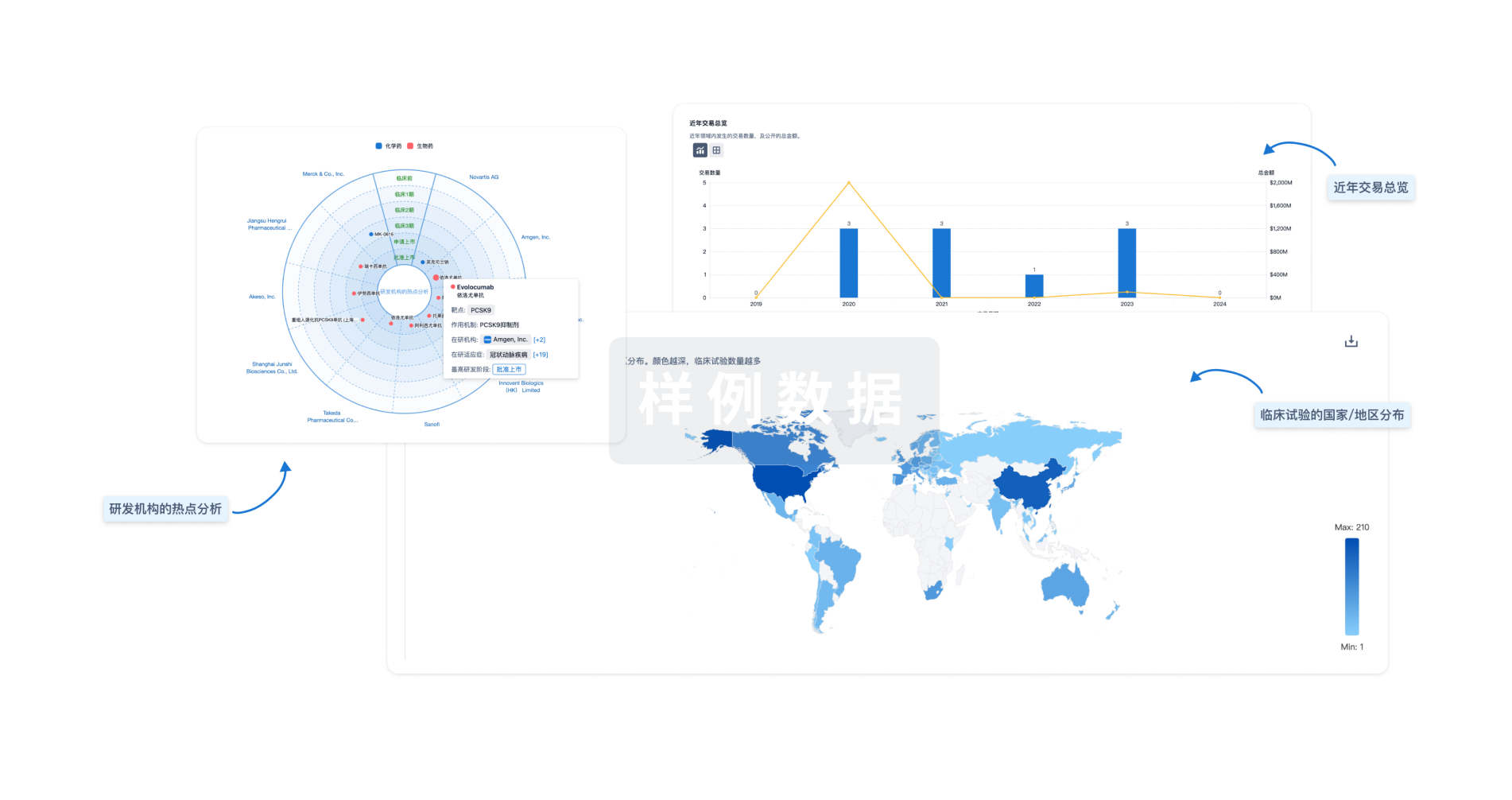预约演示
更新于:2025-05-07
CTSZ
更新于:2025-05-07
基本信息
别名 carboxypeptidase LB、cathepsin B2、cathepsin IV + [9] |
简介 Exhibits carboxy-monopeptidase as well as carboxy-dipeptidase activity (PubMed:10504234). Capable of producing kinin potentiating peptides (By similarity). |
关联
1
项与 CTSZ 相关的药物WO2024136397
专利挖掘靶点 |
作用机制- |
非在研适应症- |
最高研发阶段药物发现 |
首次获批国家/地区- |
首次获批日期1800-01-20 |
100 项与 CTSZ 相关的临床结果
登录后查看更多信息
100 项与 CTSZ 相关的转化医学
登录后查看更多信息
0 项与 CTSZ 相关的专利(医药)
登录后查看更多信息
213
项与 CTSZ 相关的文献(医药)2025-12-31·The Journal of Maternal-Fetal & Neonatal Medicine
Mendelian randomization analysis of blood uric acid and risk of preeclampsia: based on GWAS and eQTL data
Article
作者: Zhu, Baosheng ; Zhang, Jinman ; Wang, Jiao ; Liu, Xiaohu ; Fu, Youmou
2025-03-07·Medicine
Cathepsins and their role in gynecological cancers: Evidence from two-sample Mendelian randomization analysis
Article
作者: Li, Xiaoying ; Ma, Xiuli ; Wu, Xiaoting ; Qiu, Meng ; Sun, Lingyi
2025-02-01·Archivos de Bronconeumología
Quantitative Proteomics Analysis of Serum and Urine With DIA Mass Spectrometry Reveals Biomarkers for Pediatric Obstructive Sleep Apnea
Article
作者: Wu, Yunxiao ; Xu, Zhifei ; Zhang, Kai ; Li, Mansheng ; Ma, Jie ; Gozal, David ; Zhu, Yunping
分析
对领域进行一次全面的分析。
登录
或

Eureka LS:
全新生物医药AI Agent 覆盖科研全链路,让突破性发现快人一步
立即开始免费试用!
智慧芽新药情报库是智慧芽专为生命科学人士构建的基于AI的创新药情报平台,助您全方位提升您的研发与决策效率。
立即开始数据试用!
智慧芽新药库数据也通过智慧芽数据服务平台,以API或者数据包形式对外开放,助您更加充分利用智慧芽新药情报信息。
生物序列数据库
生物药研发创新
免费使用
化学结构数据库
小分子化药研发创新
免费使用
